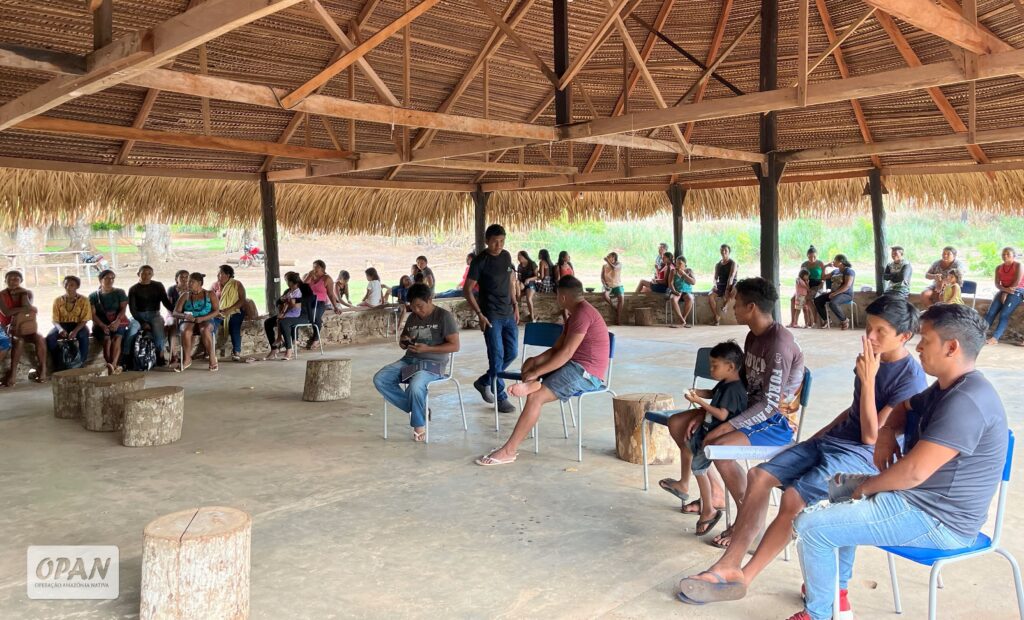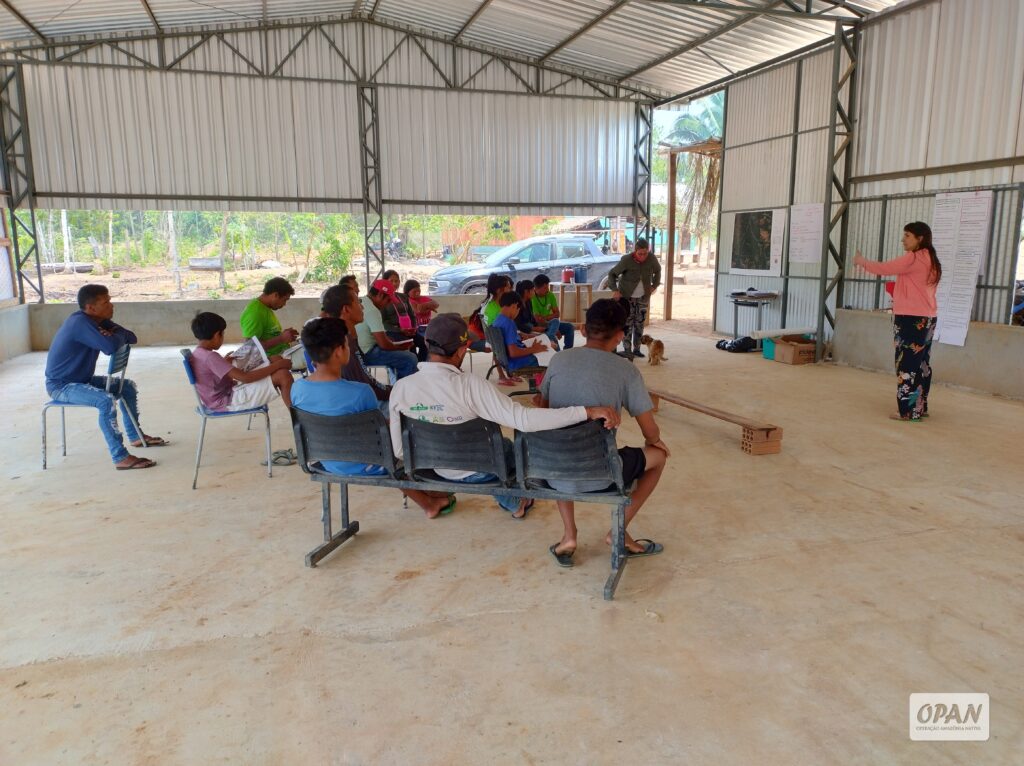The people, Despite betting on tourism as a strategy for local and regional management
Participatory analysis evaluates the potential for tourism of the three lands of indigenous peoples

About 120 of the indigenous people, Despite that they participated in a program to assess the tourism potential of three indigenous territories (Erikpatsa, Japuíra, and the Hidden), which is located in the north-west of the state of Mato Grosso. Driven by A Slash, a consultant to the business community, and the adoption of the programme, the event included a workshop on community-based tourism, in addition to the etnomapeamento of the harbour and of the inventory of cultural dynamics. The activities that took place during the month of October.
The design of the community-based tourism is envisaged in the Plan of Territorial and Environmental Management (PGTA) Despite that. Composed by pactuações and internal agreements, the PGTA is a document that is developed for the people who think the management of the lands of indigenous peoples in the social and environmental aspects. It is an instrument of the dictatorship and autonomy, which includes the main guidelines in regards to the history, social organization, politics, culture, education, health, income-generating, monitoring, and food security.
“We came out in the guardian, we set up our own associations, which we have made to our PGTA, and now we are organizing the tour, which will also have its challenges. This step comes from the PGTA. For the holidays, we have this collective thought of our people, all over the world benefit from working together,” says Leonardo, Despite that, the chief of the village of Cherry in IT Japuíra), and the vice-president of the Tsirik, one of the associations of the people.

The community-based tourism is important for the implementation of the PGTA Despite that. This is an activity that can bring benefits, not only in the socio-economic, but also cultural, and geographical area. “In addition to the generation of sustainable income, it may be that it takes them to reach other results, such as the appreciation of the culture, the promotion of the language and the approach of the young, and the prospect of the future, by way of the mouth. We moved forward in the conversation of the tour from the perspective of the adoption of the programme,” says The Bar.
“It was very important that everything that you hear. Have you had the economy, the culture, the care you receive, the traveler and the support of the people. We understand that you have to tourists to be different. And now it’s up to the community to sit down and organize the way we want, on the calendar and everything. We need to know how we’re going to plan out and organize it. Sit down and talk with the community,” says the teacher of Aristotle, Maniumytsa, in the village of Spring, IT Erikpatsa).
It was also stressed the importance of adapting to these actions, the traditional calendar so that you do not bring harm to socio-environmental and cultural factors. The traditional festivals, rituals, and the to-do daily, they should not be passed over in favor of working with the tourism industry. “Think about how this activity could go and without an impact on the modes of life, with no impact on the timing of the activities and use of resources. That’s the key,” adds Kathy.

The community-based tourism has as its basic assumption is to ensure social and economic benefits to the community and, therefore, it is important to be an activity aggregator and is suitable for all; otherwise, it may cause an internal conflict. “We want to build a great project to do the study to get a tour that you can take care of this land. We’re going to ask for the support of our membership, and be careful not to be split on the inside. We don’t want to think about just breaking up with the money going to come, we have to invest in that will benefit the entire community. Let’s think about this from here on out,” says Thomas Iamonxi, a teacher in the village of Babaçuzal, and one of the leaders of IT is Hidden.
Because of the community-based tourism is an activity which is of strategic importance to the people, Despite that, it is important to assess which of the methods (eco-tourism, and etnoturismo, tourism, adventure in fishing, sporting, cultural and archaeological heritage, gastronomy, etc.) are more in accordance with the reality of the land, the native peoples. This is an important time for the community to pick up the different potentials and to evaluate the feasibility of each of them.
“The training was important for everyone to understand the differences between the conventional tourism business in the community-based tourism. Especially on the decision-making processes, and the costs involved in the management and care of the community. The diagnosis is helped to think about what kind of experience for the tourists could only found there, such as, for example, in the contact with the culture, Despite that,” says Ms. Rebellato, the indigenous people of the operação Amazônia Nativa (OPAN).

Upcoming Courses
The participatory diagnosis in hand, the next step is to continue the educational process, the implementation of a community-based tourism. They are provided training to guide the tourists to the public, and in order to format the scripts for cultural immersion, in addition to specific training on food and nutrition.
“It’s not just thinking about the menu for the activities of the tourism industry, however, as they are going to organize in-house to produce their food. The quantities, prices, such as it is, that they are prepared to be able to provide these meals, and have a fair price for it, with the money to stay in the area. In this training, you must add a lot, and it’s focused on the perspective of the development of food security, which is also the goal of the PGTA”, says The forward Slash.
The construction of the participatory diagnosis and the next steps for capacity-building are all within the scope of the project, the Birthplace of the Water, carried out by the Operation of the Amazon-Native (OPAN), working with the people Despite-and Apiaká, with the support of Petrobras Socioambiental. This is the fourth edition of the project, which is supported as of 2011, the management of the territory of the people in the valley of the Juruena river. The guidelines for this are the development of the PGTA IT Apiaká in the state, and the implementation of the PGTA Despite that.

